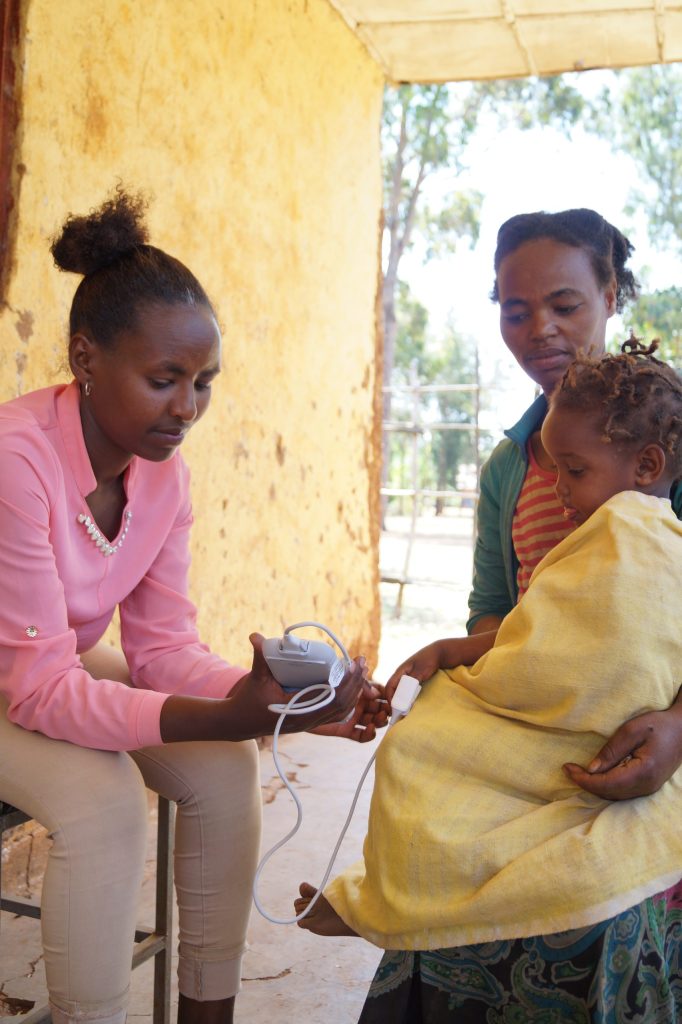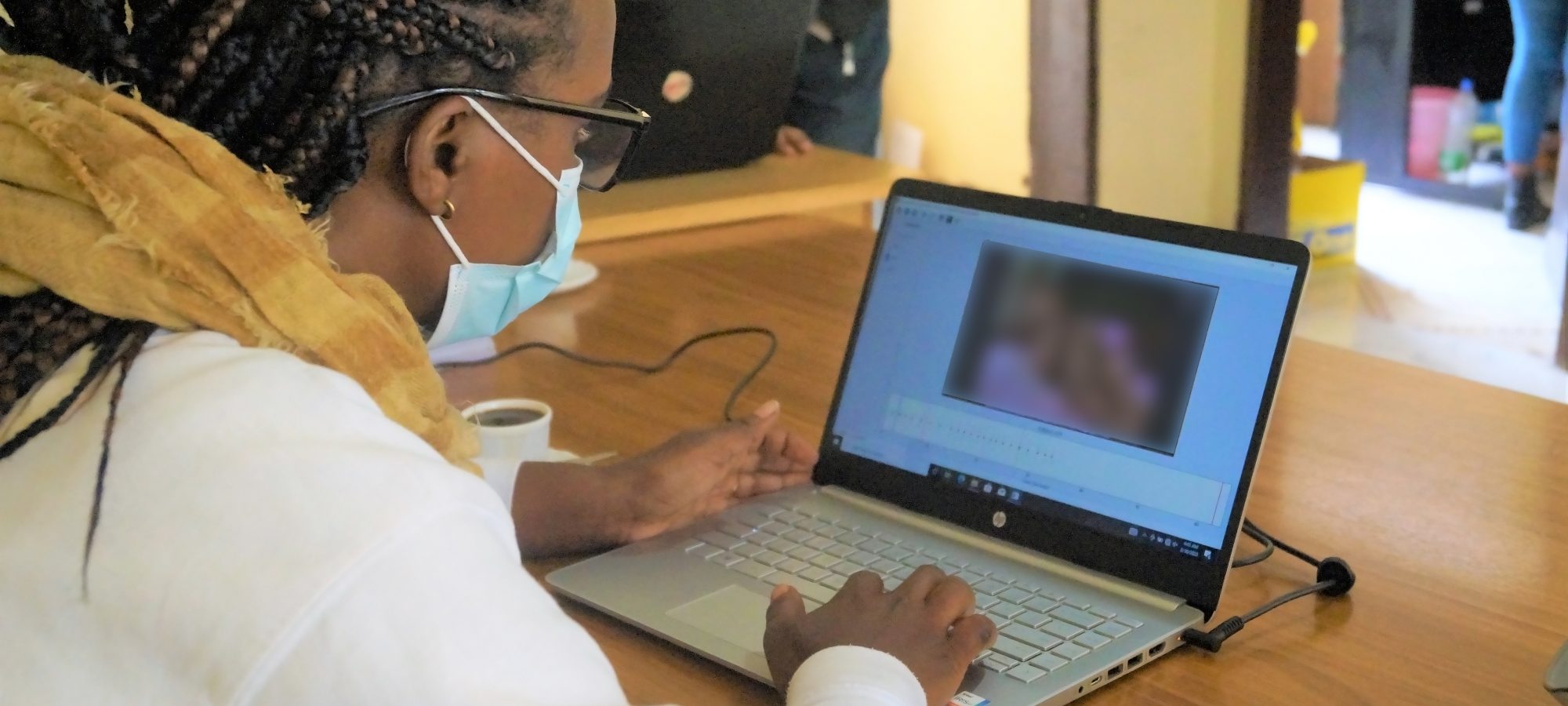Research has a huge role to play in finding innovative ways to defeat pneumonia, the world’s leading infectious cause of death in children. Despite being preventable and treatable, pneumonia is responsible for more than 700,000 deaths in children under five annually, with the highest mortality in low- and middle-income countries (LMICs) in southern Asia and sub-Saharan Africa. Supporting the development and availability of improved pneumonia interventions, including diagnostics for settings with limited resources has the potential to dramatically improve child survival rates, which are still too low.
Timely and accurate pneumonia diagnosis is crucial to saving a child’s life and, if diagnosed early, antibiotic treatment can be started to effectively treat the illness. In many LMICs, manual respiratory rate counting is commonly used to identify fast-breathing, a proxy sign for diagnosing pneumonia. However, this approach is associated with a range of accuracy challenges — it is hard to define a breath, easy to lose count and a child may not be calm.
Diagnosing pneumonia in primary health care (PHC) settings remains a key hurdle and the lack of low-cost, accurate and easy-to-use approaches for measuring respiratory rate continues to limit the quality of care for paediatric pneumonia in LMICs. Research is playing a vital part in building consensus to change this, with new diagnostics and tools for respiratory rate counting being developed, evaluated and advocated for.

We have a strong track record of supporting improved pneumonia diagnosis through research. Our portfolio includes the Acute Respiratory Infection Diagnostic Aids (ARIDA) project, which evaluated community health workers’ and facility health workers’ use of respiratory rate counting aids on children under five in Ethiopia and Nepal. Additionally, through our BREATHE project, we conducted an assessment of manual video annotation as a reference standard for determining respiratory rate in under-five, evidencing the difficulty in evaluating the performance of automated respiratory rate counters.
Most recently, we have worked to develop a video annotation reference panel to carry out manual respiratory rate counting using an adapted digital annotation software to support the development and validation of new diagnostic tools. This panel consists of six reviewers, each a trained healthcare professional with experience in managing sick children in health facilities. Over the course of 2023, Malaria Consortium has developed the standard operating procedures to support video-assisted respiratory rate annotation and has trained the panel members to successfully review and annotate videos of paediatric patients taken at the PHC level in settings with limited resources.
This panel is currently being utilised to support two diagnostic projects — the Karolinska Institute’s AI respiratory rate project and PATH’s Tools for Integrated Management of Childhood Illness (TIMCI) project. Both projects seek to validate new diagnostic tools for improved paediatric pneumonia diagnoses in under resourced health care settings. The AI respiratory rate project looks to use artificial intelligence (AI) applications to determine the reliability of an AI algorithm for measuring respiratory rate in children from real-world clinical contexts in Malawi, Ethiopia and Cambodia. Through TIMCI, we are supporting the evaluation of the performance of six pneumonia diagnostic aids (multimodal pulse oximetry devices) among children seeking care at the PHC level in Kenya, Senegal, Tanzania, and Uttar Pradesh (India).
Malaria Consortium has shown through this work that a robust and reliable reference panel can be achieved through rigorous research methods, training and validation. This will allow the development of the improved tools needed to better support all levels of health workers to diagnose pneumonia.
Angharad (Ani) Steele is Malaria Consortium’s Research Specialist
To see the current gaps in childhood pneumonia research, read our work on research prioritisation
